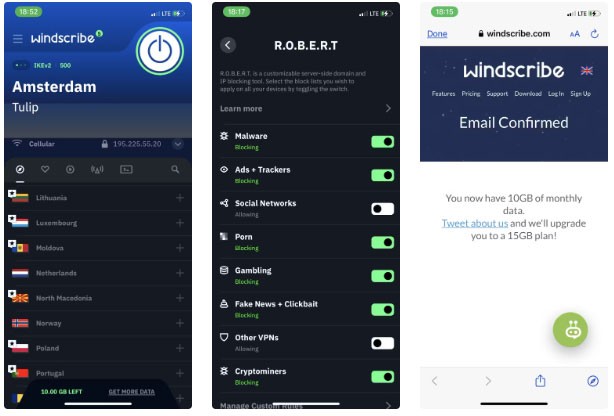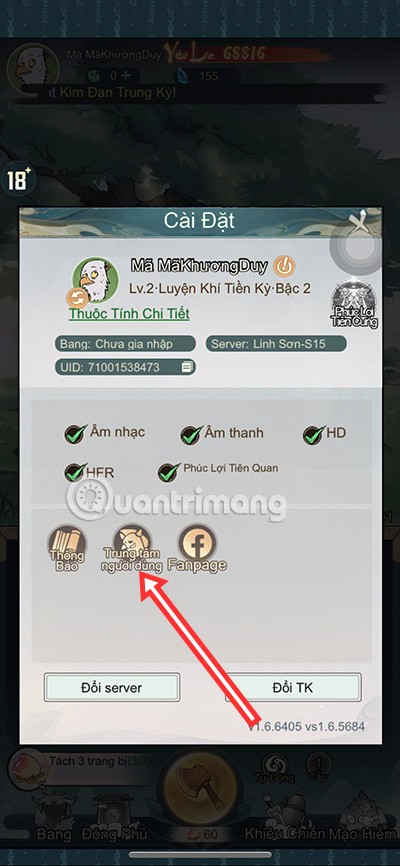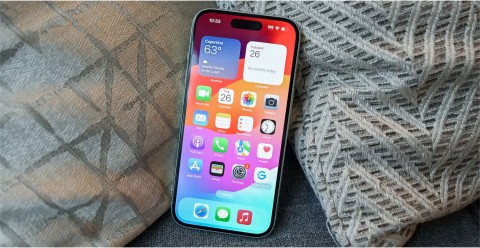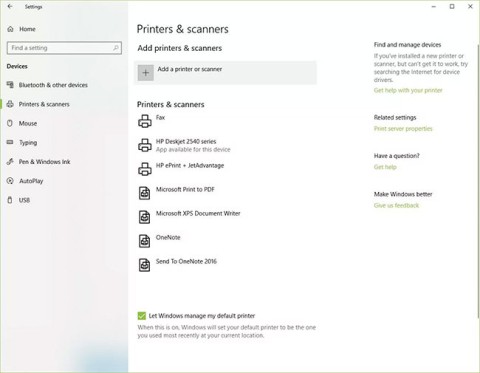The most commonly deficient nutrients in the diet

Diet is important to our health. Yet most of our meals are lacking in these six important nutrients.
The US Naval Research Laboratory (NRL) has successfully transmitted 1.6 kW of wireless power over a distance of 1 km using microwaves.
The idea of wireless power transmission has been around for a long time. The principle of wireless power transmission is quite simple. Electricity is converted into microwaves, then focused into a beam and “shot” to the receiver, a device made of components called rectenna (rectifier antenna). When microwaves are “shot” and affect the rectenna, the elements will create a DC current.
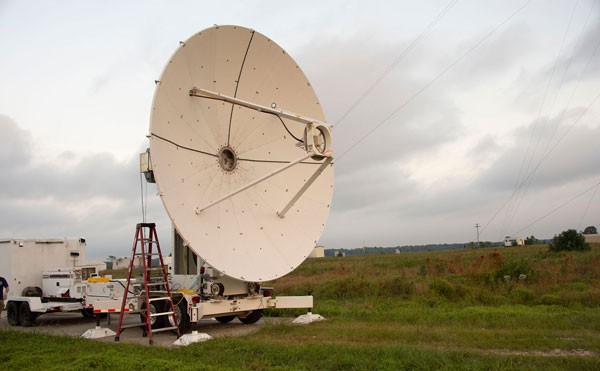
The NRL team used a 10 GHz microwave beam and set up wireless power transmission testbeds at two locations: the US Army Research Field in Blossom Point, Maryland and HUSIR (Haystack Ultra Wideband Satellite Imaging Radar) at MIT in Massachusetts.
The 10 GHz frequency was chosen because it can transmit in heavy rain conditions with less than 5% energy loss, and is safe to use around animals or humans.
The NRL's wireless power transmission test in Maryland reached 60% efficiency. The Massachusetts test had lower power levels than Maryland, but had a higher average power, so it transmitted more energy.
Wireless power transmission technology could now be used by the US Department of Defense to deliver electricity to soldiers in the field, eliminating the need for fuel transport, which is vulnerable to attack.
In the future, this technology could be used to transmit electricity on the ground, or from space back to earth, providing electricity 24/7/365.
Diet is important to our health. Yet most of our meals are lacking in these six important nutrients.
At first glance, AirPods look just like any other true wireless earbuds. But that all changed when a few little-known features were discovered.
In this article, we will guide you how to regain access to your hard drive when it fails. Let's follow along!
Dental floss is a common tool for cleaning teeth, however, not everyone knows how to use it properly. Below are instructions on how to use dental floss to clean teeth effectively.
Building muscle takes time and the right training, but its something anyone can do. Heres how to build muscle, according to experts.
In addition to regular exercise and not smoking, diet is one of the best ways to protect your heart. Here are the best diets for heart health.
The third trimester is often the most difficult time to sleep during pregnancy. Here are some ways to treat insomnia in the third trimester.
There are many ways to lose weight without changing anything in your diet. Here are some scientifically proven automatic weight loss or calorie-burning methods that anyone can use.
Apple has introduced iOS 26 – a major update with a brand new frosted glass design, smarter experiences, and improvements to familiar apps.
Yoga can provide many health benefits, including better sleep. Because yoga can be relaxing and restorative, its a great way to beat insomnia after a busy day.
The flower of the other shore is a unique flower, carrying many unique meanings. So what is the flower of the other shore, is the flower of the other shore real, what is the meaning and legend of the flower of the other shore?
Craving for snacks but afraid of gaining weight? Dont worry, lets explore together many types of weight loss snacks that are high in fiber, low in calories without making you try to starve yourself.
Prioritizing a consistent sleep schedule and evening routine can help improve the quality of your sleep. Heres what you need to know to stop tossing and turning at night.
Adding a printer to Windows 10 is simple, although the process for wired devices will be different than for wireless devices.
You want to have a beautiful, shiny, healthy nail quickly. The simple tips for beautiful nails below will be useful for you.
